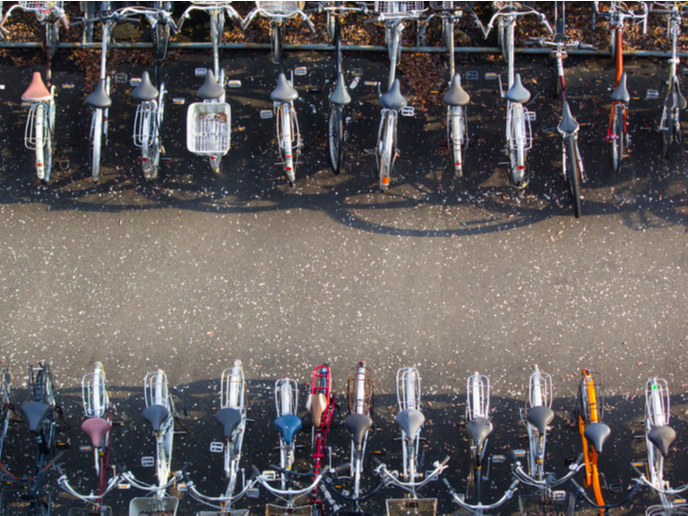Leveraging social innovation to contribute to a resilient, low-carbon and climate-friendly EU
“Social innovation in energy transition is a process of change in social relationships, interactions, configurations, and/or the sharing of knowledge leading to, or based on, new environmentally sustainable ways of producing, managing and consuming energy that meet social challenges or problems,” explains Christian A. Klöckner, coordinator of the EU-funded SMARTEES project. Policymakers require an analytical framework that delivers extensive interdisciplinary knowledge, enabling them to evaluate links, synergies and disconnects between energy technologies and services, infrastructure, markets, business creation and consumer behaviour. “SMARTEES’s main aim is to understand how social energy innovation works in real situations, study how it can be transferred to other contexts and give policymakers and local initiatives tools to start their own processes and manage them successfully,” notes Klöckner. It will generate knowledge on social innovation and tools on how to use this knowledge at local and structural levels.
Evaluating effects of policy interventions and social innovation
Project partners are concentrating on five types of energy- and mobility related social innovation. The experiences of 10 cities and islands in Denmark, the Netherlands, Romania, Spain, Sweden, Switzerland and the United Kingdom serve as reference points for these social innovation clusters. They analysed the socio-economic and structural drivers of all case study clusters by considering consumer driven renewable energy production, energy efficiency in buildings and low carbon regional transport. There was also a particular focus on consumer empowerment. A policy brief presents research on the factors that impacted the cities and islands’ successes and failures. By applying a model to the 10 cases, the researchers identified 4 main features that characterise structural change processes in energy transition at the local level, such as cities and neighbourhoods. The first is irreversibility. “One can speak of structural change only when the induced transformations are so rooted in the energy systems that they can’t be easily reversed,” comments Klöckner. The second is comprehensiveness. “Structural change implies a comprehensive change in local life affecting, for example, cultural and cognitive attitudes of citizens and local leaders, and procedures, rules and standards.” The third is inclusiveness, where structural change must be a collective effort. Lastly, structural change needs to be contextualised through tailored strategies and tools.
Tool to enhance policy design and decision-making
All findings will feed into the policy sandbox, a novel policy analysis tool that demonstrates the effects of policy measures and social innovation in the cities and islands. It will help forecast the effects of policy measures and social innovation in similar local contexts. Policymakers will be able to test social innovation and various policy interventions relevant to their local circumstances, and then adapt and implement actions to advance energy transition. “SMARTEES will support the EU’s energy transition and improve policy design by developing alternative and robust policy pathways that foster citizen inclusion and take local peculiarities into account,” concludes Klöckner. “Policymakers will have all the support they need to create frameworks in which social energy innovations thrive, ultimately driving this energy transition.”
Keywords
SMARTEES, social innovation, energy transition, structural change, policymaker, social energy innovation



